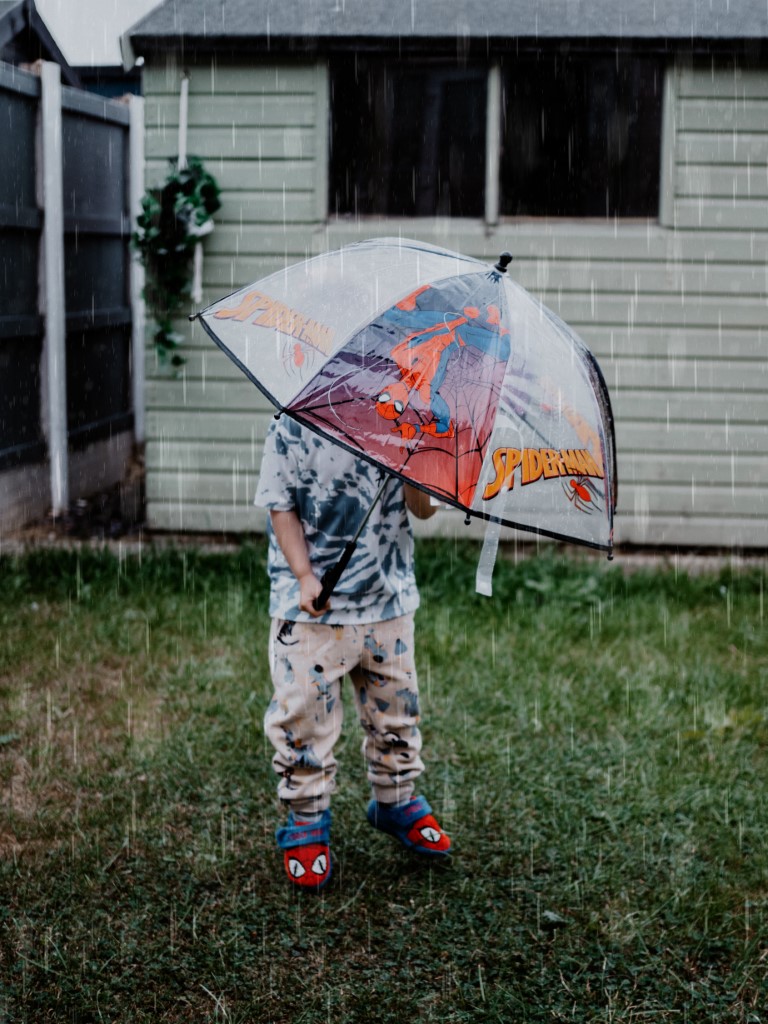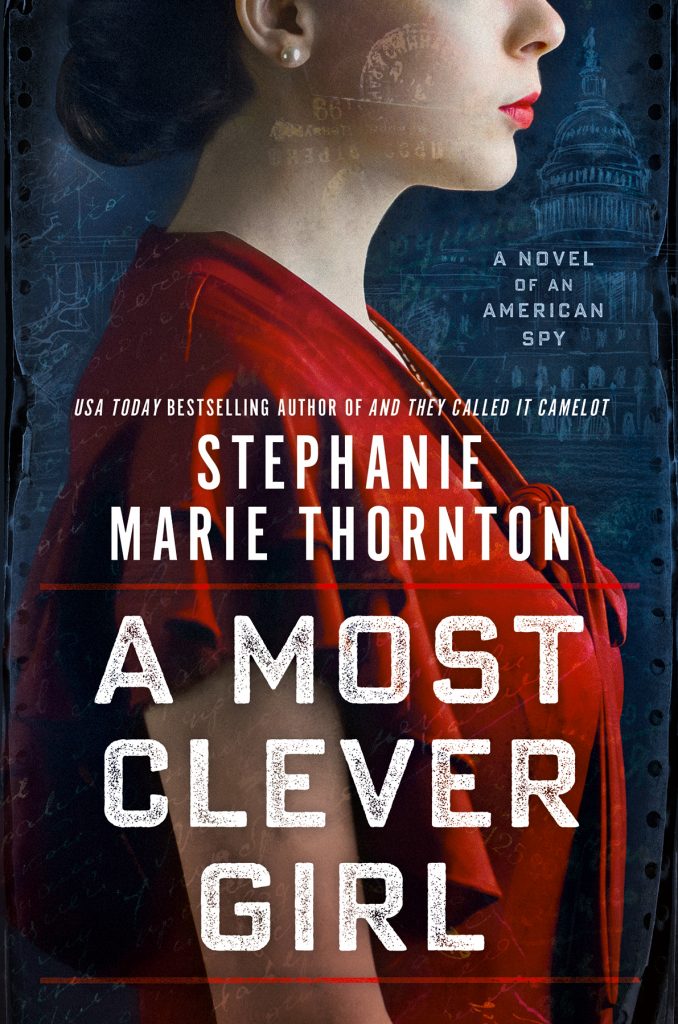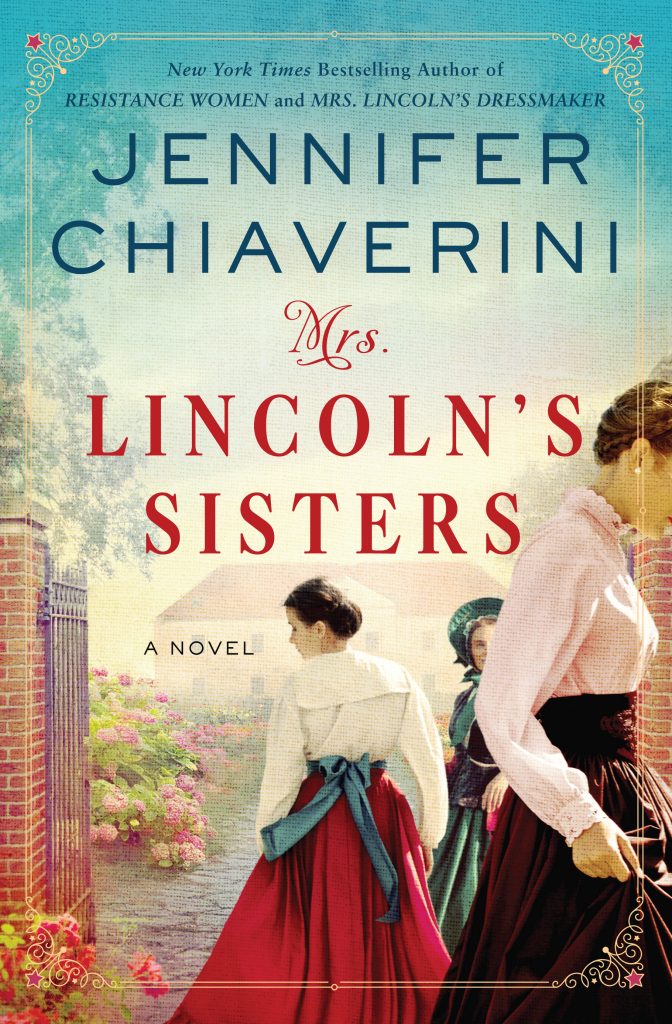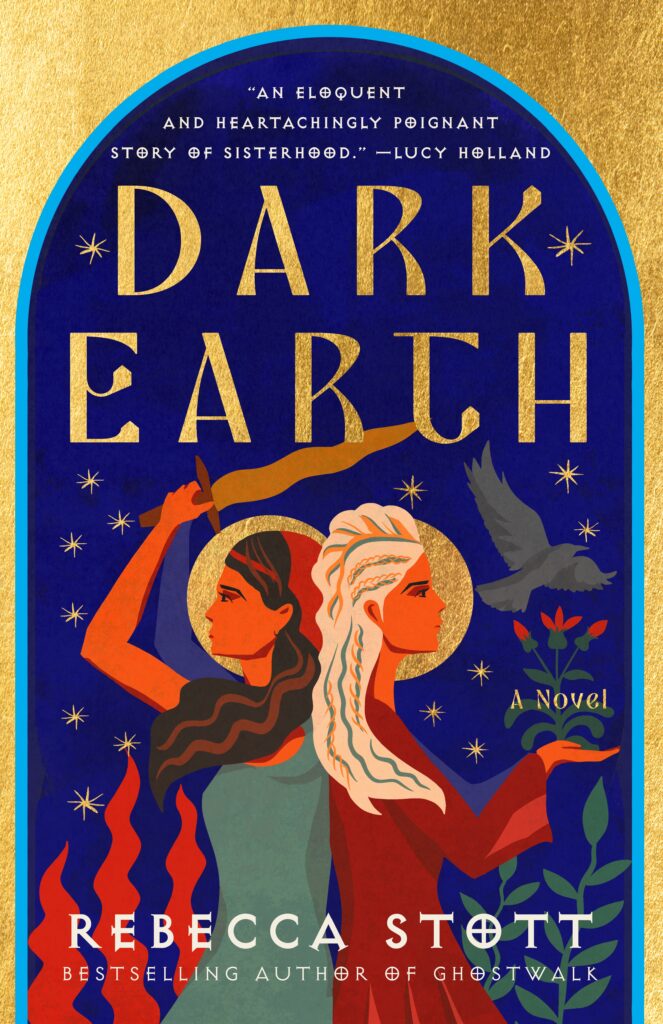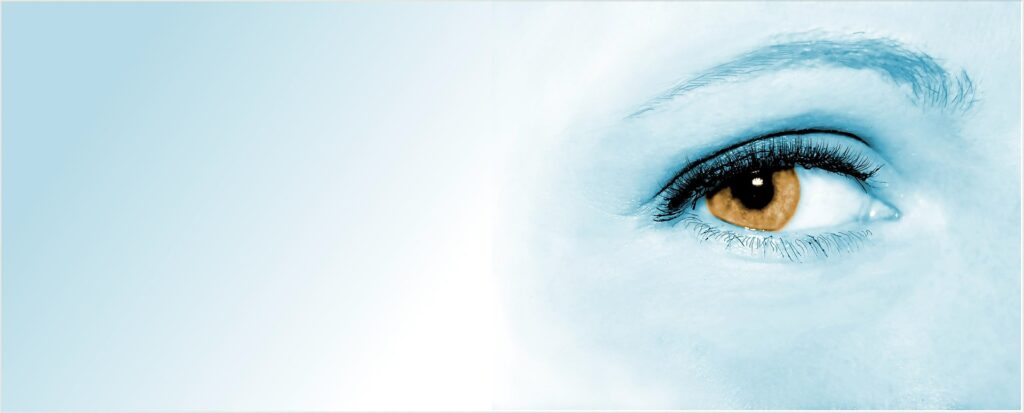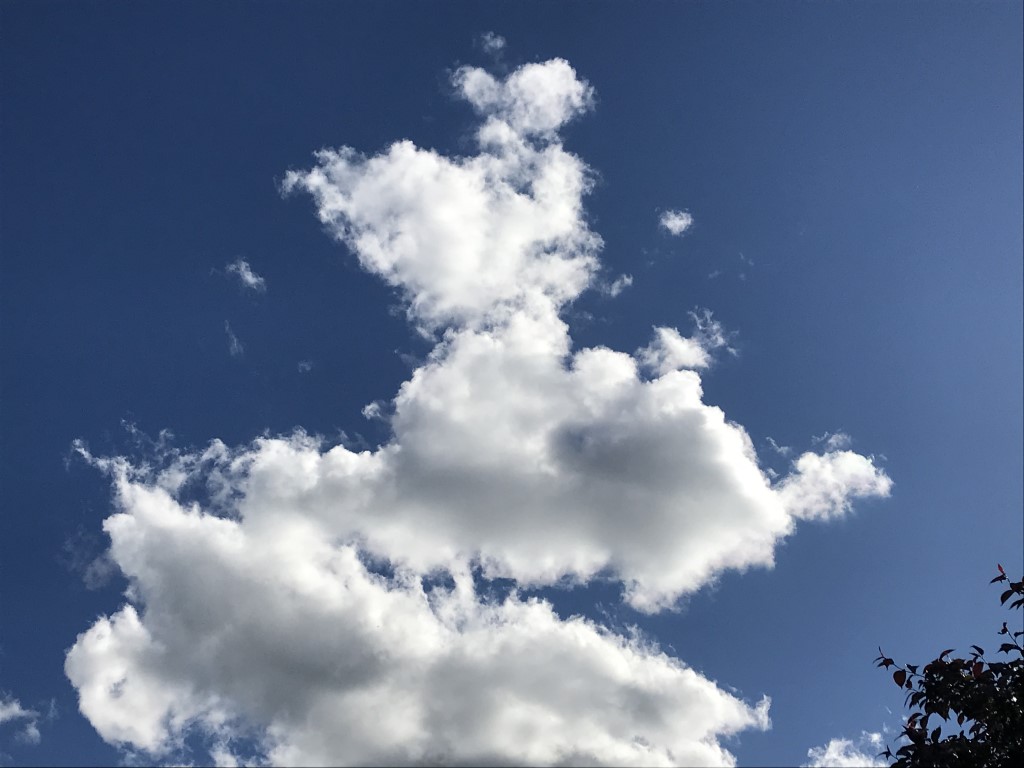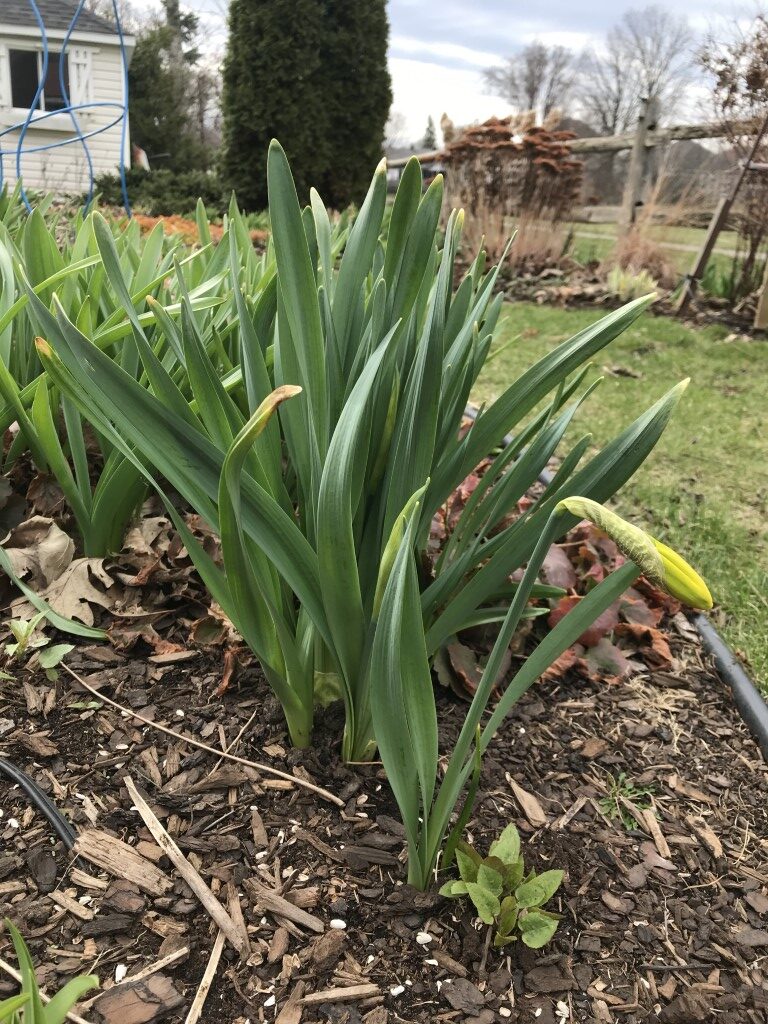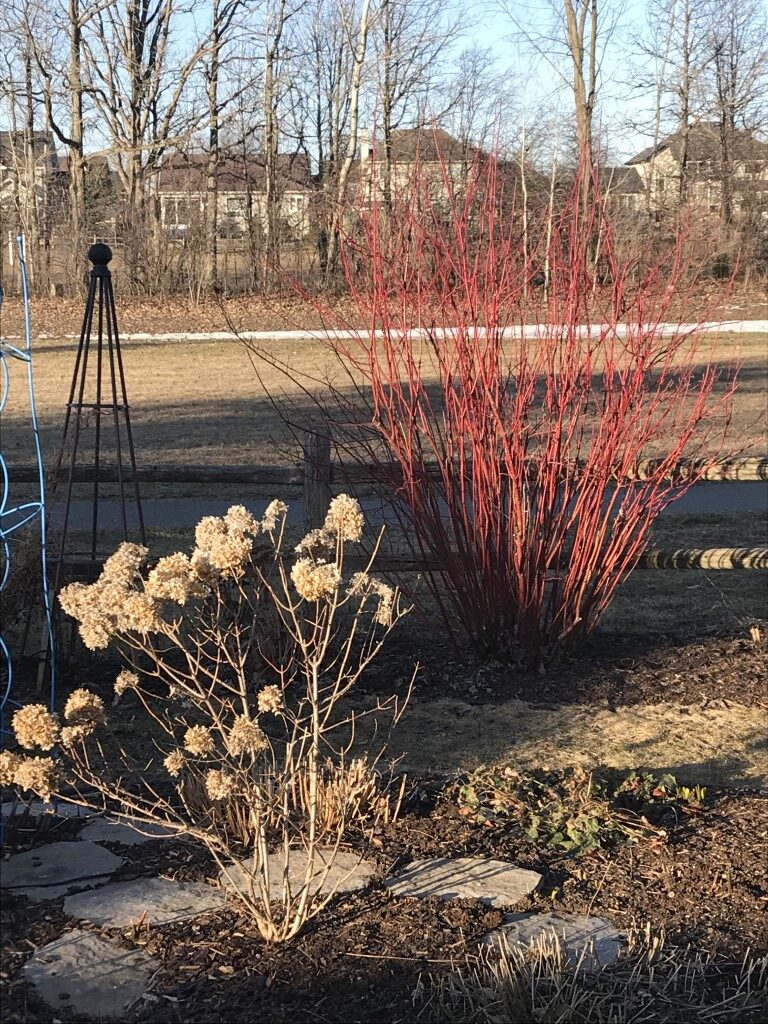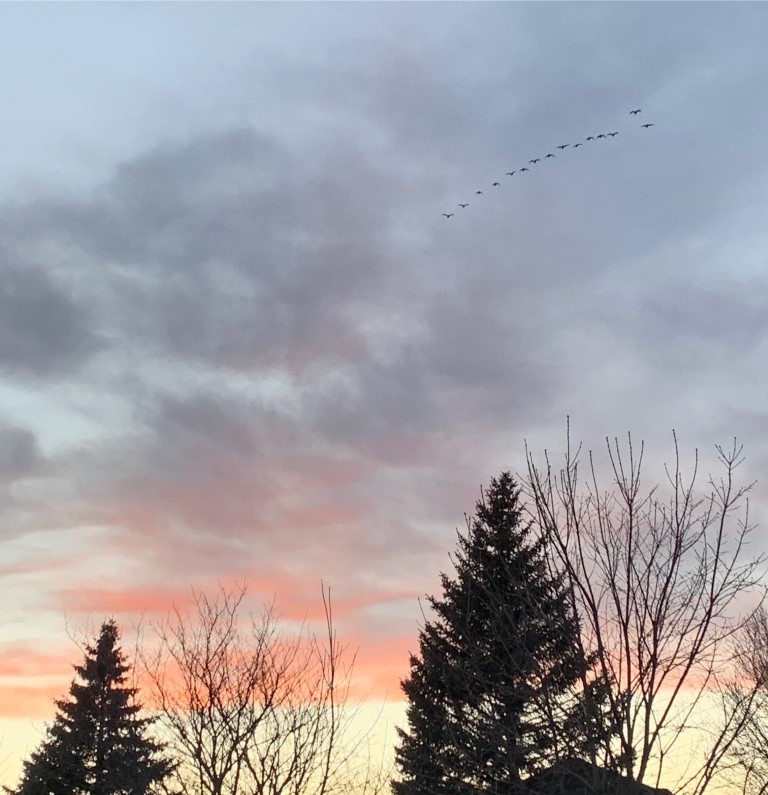ART FROM REAL LIFE
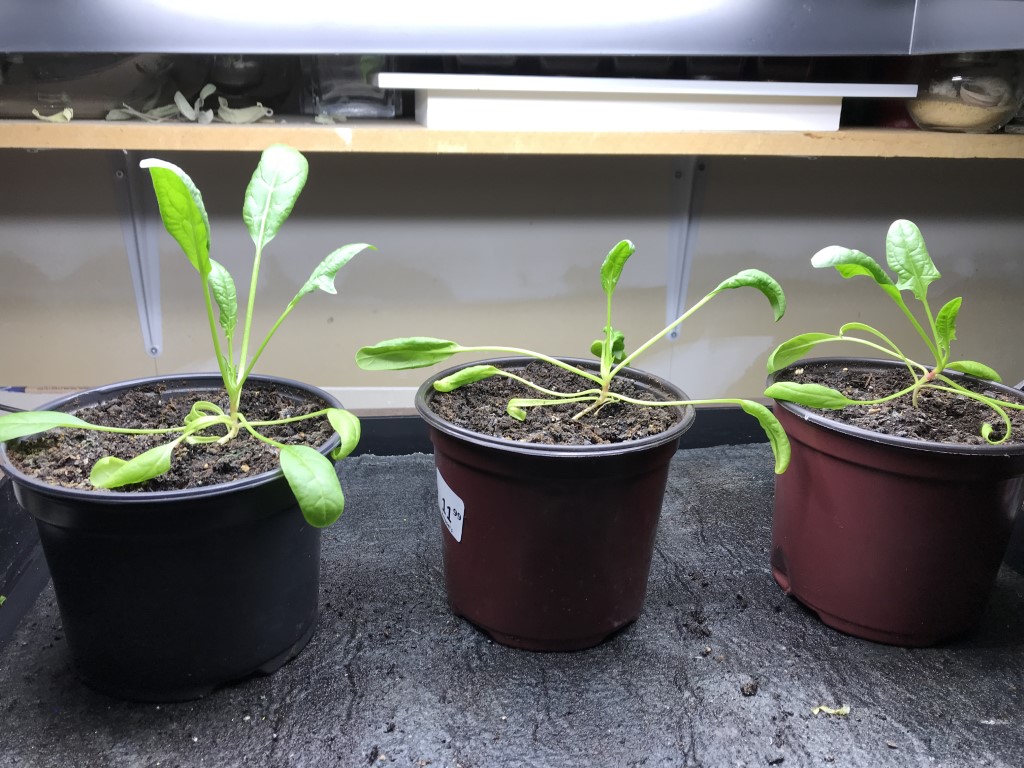
I’ve been thinking lately that I have nothing to write about. This winter I’ve been sick. I injured my back from coughing so hard when I was sick. I’ve been taking a horticulture course at U Guelph, and I’ve been writing for other people. In other words, no artistic inspiration in my real life!
Luckily a friend alerted me to an online poetry course given by Governor General Award-winning poet Lorna Crozier (thanks, M2!) And the very first lesson in that course reminded me that real life – in all its pain and all its glory – inspires any artist who takes the time to observe.
Observing is a skill, and it’s a critical part of the creative process. Turns out, I did not have to look beyond what has been happening in my real life to be inspired. We received two prompts in this lesson. One was to write from a line in a poem called “Peaches” by Peter Davison:
a mouthful of language to swallow
What a great line, I wish I had written it! But I did write from it, which is just as great. The second prompt was to write what’s called an “apostrophe” poem. That’s a poem addressed to an animal, an inanimate object, an idea, or a person who is absent. I did not have to look far to find what I wanted to address.
So there you have it. Often real life does provide the source for inspiration. It’s right there if only we look closely.
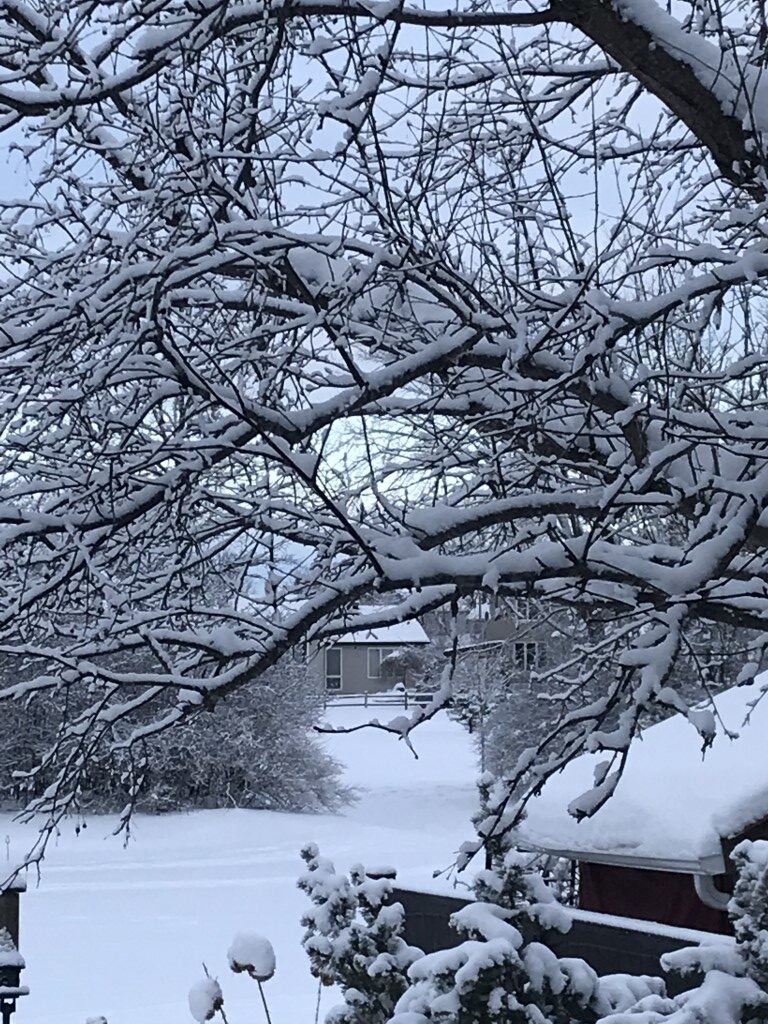
Why not try it yourself? Observing, I mean. What do you see/hear/feel when you take the time to observe what is happening in your own real life? You may not arrive at a new poem, but I’m betting you will benefit. May you gain some insight, recognize the gifts of this current life phase, or at the very least, enjoy immersing yourself in the beauty that is unique to the winter season.
Meanwhile, please enjoy the two poems I created directly from my real life. “A Mouthful of Language to Swallow” and “To the Muscles Surrounding my L2 to L5 Vertebrae.”
Lee Ann


